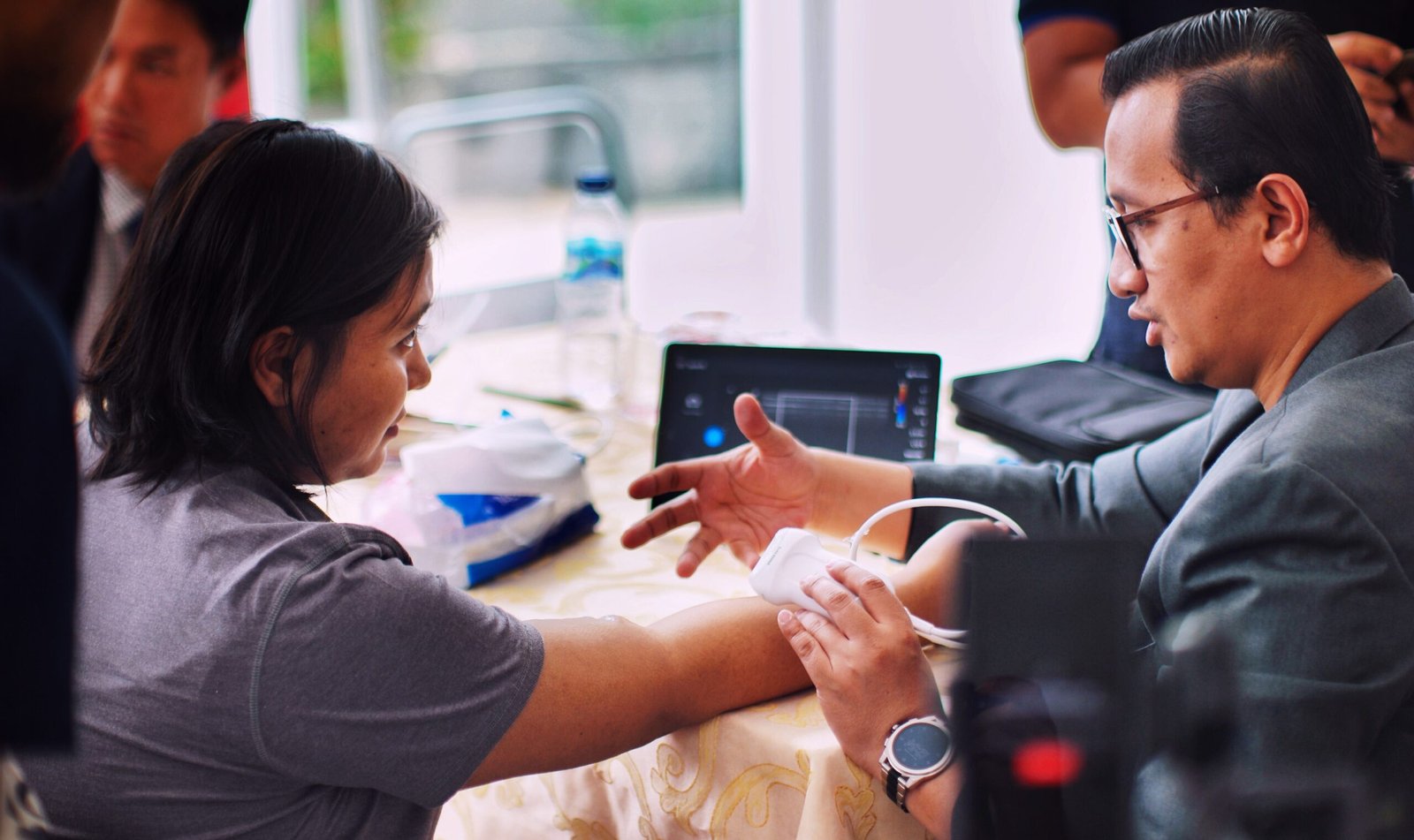Hemodialysis: Procedure and Equipment
Hemodialysis is a medical procedure that helps remove waste products and excess fluid from the blood when the kidneys are unable to perform this function. It is often used as a treatment option for individuals with end-stage renal disease (ESRD) or those awaiting a kidney transplant.
The procedure involves the use of a hemodialysis machine, which acts as an artificial kidney. The machine is equipped with a dialyzer, also known as an artificial kidney, which filters the blood and removes waste products and excess fluids. The dialyzer consists of a series of hollow fibers that allow the blood to flow through while filtering out waste products and returning the cleaned blood to the body.
Prior to the start of the hemodialysis treatment, a vascular access point needs to be established. This can be done through a fistula, which is created by surgically connecting an artery and a vein, or through the use of a graft, which is a synthetic tube connecting an artery and a vein. Alternatively, a catheter can be inserted into a large vein, usually in the neck or chest.
During the hemodialysis treatment, the patient is connected to the hemodialysis machine through the vascular access point. Blood is drawn from the body, passes through the dialyzer, and is then returned to the body. The process typically takes several hours and is performed multiple times a week, depending on the patient’s needs and the recommendation of their healthcare team.
Treatment After Kidney Transplant
A kidney transplant is often considered the best treatment option for individuals with ESRD, as it offers the possibility of restoring kidney function. After a successful kidney transplant, the need for hemodialysis is eliminated, as the transplanted kidney takes over the function of filtering waste products and excess fluids from the blood.
However, in some cases, hemodialysis may still be required immediately after the transplant surgery. This is known as post-transplant dialysis and is usually temporary. It allows time for the transplanted kidney to start functioning properly and ensures that the body is adequately supported during the recovery process.
The duration of post-transplant dialysis varies depending on the individual and the specific circumstances of the transplant. In most cases, it lasts for a few days to a few weeks, after which the transplanted kidney is expected to function on its own.
After the successful completion of post-transplant dialysis, the patient will require ongoing medical care and monitoring. This includes regular check-ups to assess the functioning of the transplanted kidney and to monitor for any signs of rejection or complications.
Additionally, the patient will need to take immunosuppressant medications to prevent the body from rejecting the transplanted kidney. These medications suppress the immune system and help ensure that the body accepts the new organ. It is essential for patients to adhere to their medication regimen and follow the instructions provided by their healthcare team.
Along with medication, individuals who have undergone a kidney transplant are advised to maintain a healthy lifestyle. This includes following a balanced diet, engaging in regular physical activity, and avoiding smoking and excessive alcohol consumption. These lifestyle choices can help support the overall health and functioning of the transplanted kidney.
Conclusion
Hemodialysis is a vital treatment option for individuals with ESRD or those awaiting a kidney transplant. It helps remove waste products and excess fluids from the blood when the kidneys are unable to perform this function. After a successful kidney transplant, the need for hemodialysis is eliminated, but post-transplant dialysis may be required temporarily. Ongoing medical care, including regular check-ups and adherence to medication, is crucial for the long-term success of a kidney transplant. By following a healthy lifestyle, individuals can support the functioning of the transplanted kidney and improve their overall well-being.

Leave a Reply